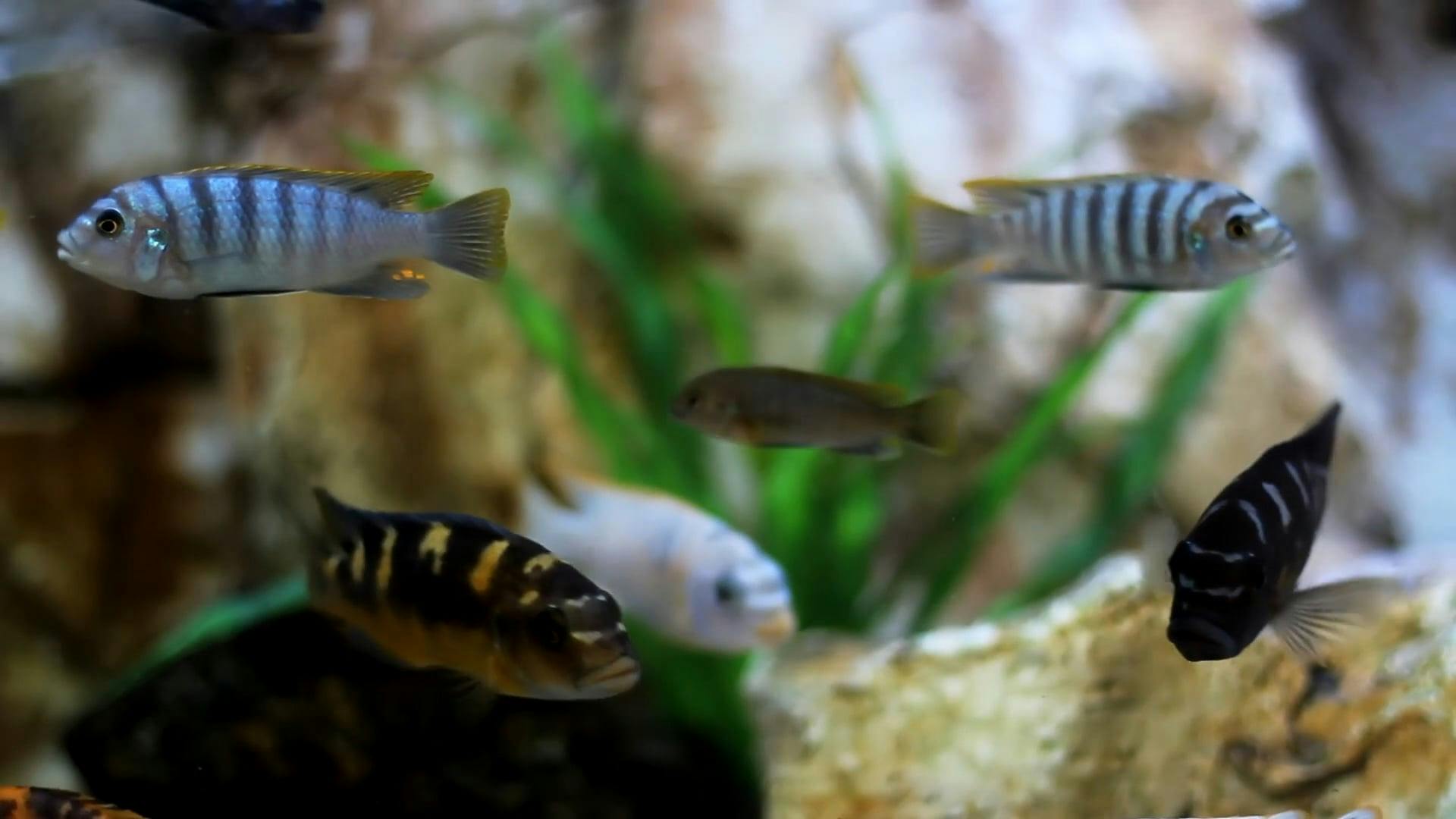
The T5 selection favored by Tom barr shows liberal use of red/blue tubes. Tank above grown using Maxlite life aqua LED.Ī comparison of ADA solar RGB and some other lighting fixtures can be seen in this video:Ī comparison of Chihiros vivid (similar spectrum to ADA solar RGB) and other chihiros fixtures: Spectrum profile for the ADA solar RGB LED below: This is much more apparent in real life than even seen in videos/photos.

This spectrum profile gives very high saturation for red, blues and green tones, which really makes red plants pop in the tank. These all have large RGB spectrum spikes with their red, green, blue diodes but with large spectrum gaps in between. The few commercial LEDs that do this very well are ADA Solar RGB and its copies Maxlite Life aqua, Chihiros Vivid, Chihiros WRGB2 & UNS titan. These kind of fixtures perform much better than LED fixtures that use plain white LED diodes. RGB (Red, Green, Blue) LED fixtures that use a mix Red, blue & green diodes (and less plain white LEDs) have high peaks in Red, blue and green wavelengths. If only pink/blue bulbs were used, tank may look overly red saturated visually - and midtones such as orange and pink would look more reddish than their respective colors. Tank grown using the T5 tube selection above, which gives pretty strong color saturation in reds and blues while still allowing different shades of pinks & orange tones to be well rendered. Our own farm tank's T5 tube selection is shown here (no white tubes !) : What to look for in planted tank light spectrumĪt the minimum, we recommend 50% of the tubes in a T5 array to be changed to pink/red gro-tubes. Many people think that good pigmentation in coloured plants is achieved by nutrient dosing alone - when actually lighting plays a very important role.Īnecdotal evidence also suggests that stronger red/blue light produces plants in significantly better growth forms - plants grow more compact with fuller leaves. This means that many red plants grow redder when exposed to strong red/blue spectrum.
While all wavelengths of light between 400nm and 700nm contribute to photosynthesis, stronger red/blue stimulate pigmentation in certain plants. However, there must be enough green/orange/yellow spectrum present as well to give a balanced visual output.īetter coloured pigmentation in certain plants. Colour plants pop a lot more when there is stronger red/blue lighting. Most white lights (bulbs/LEDs) lack red/blue by default. Why red and blue parts of the spectrum are important in planted aquarium lighting.īetter visual impact on coloured plants.

They will have a similar overall spectrum profile as the 6500K plain white LED diode above, which may grow plants ok, but give poor visual saturation & contrast and also is poorer at growing red plants compared to fixtures with higher red spectrum in their profile. This is especially so for LED fixtures that use purely white diodes. Most commercial T5 fixtures, and almost all commercial LEDs come with a spectrum that I find to be deficient in red. Warm white LEDs often work better for growing plants, however, they cast a yellowish visual tone on the tank as they lack adequate blue spectrum. These are commonly used for household lighting & often make up the bulk of cheap aquarium LED light fixtures. Plain white 6500K diodes lack adequate red spectrum, which is why using LED fixtures with plain white LEDs often result in washed out visual colors, and poorer pigmentation in red plants even though plants may still grow. Most standard aquarium lights are deficientĪ 6500k plain white LED diode (left) vs a 2700k warm white LED diode (right). (the spectrum chart Y axis is relative) Manufacturers rarely go to such lengths to show this data. The spectrum charts below show how the spectrum curves shift in water. About 30% of red light is loss at 2 feet of depth. Water absorbs red light more readily than blue, which has a higher frequently/energy. It is always a good idea to check out aquarium lights in person. Visually, it can be difficult to extrapolate visual color tone of bulbs from reading spectrum profile charts unless you have a lot of experience. Different bulbs will have different spikes in their spectrum profiles.

The spikes comes from particular phosphors used in the manufacture of florescent bulbs. This bulb has a balance of red/green/blue which will give the bulb a relatively neutral white appearance overall. The amount of light produced for a particular spectrum segment is the area under the curve. An example of a light spectrum chart of a T5 bulb is given on the left below.


 0 kommentar(er)
0 kommentar(er)
